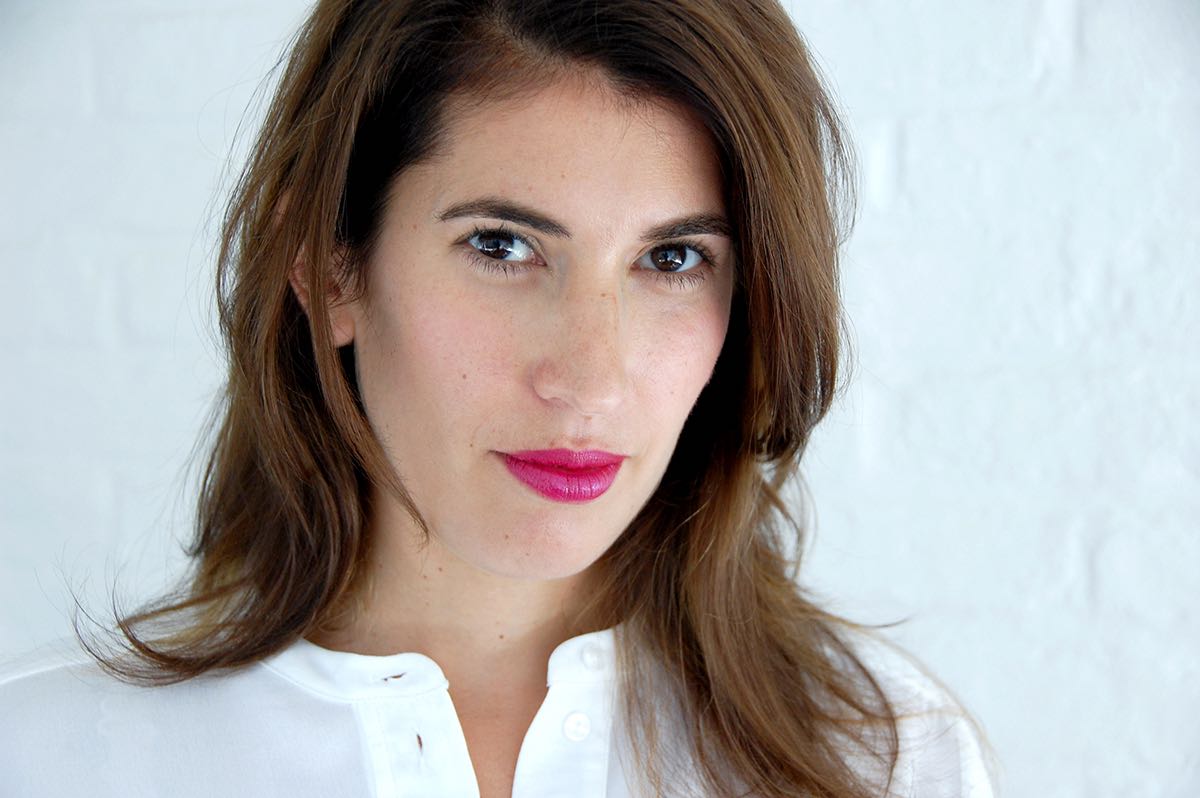
Jodi Katz On The Power Of Packaging To Communicate Brand Stories
Looking good is not all there is to the business of good looks. In today’s inundated beauty marketplace, Jodi Katz, founder of creative agency Base Beauty and former U.S. creative director of L’Occitane en Provence, is adamant basic, practical and pretty bottling isn’t going to pierce a customer’s or retail buyer’s consciousness. “It’s not a container. If you think of it as a container, you’re not going to win,” she says. “You have to think of your packaging as a marketing tool.” Extending a brand’s marketing strategy to its outsides isn’t as simple as slapping hashtags on labels. The work of packaging that works best for brands starts in the early developmental stages and encompasses the shelves, according to Katz, whose Base Beauty clients have included Clinique, L’Oréal, Conair, StriVectin, Dr. Dennis Gross, Proactiv, Buxom and Hairfinity. She crystallized the fundamentals of producing excellent packaging under the current cutthroat conditions for Beauty Independent.
UNDERSTAND THE COMPETITION
No beauty brand operates in isolation. Katz emphasizes it’s essential to evaluate the competitive landscape to grasp what your brand is up against. She recommends beginning with a Google search on purveyors of similar products. Identify around 20 rival brands in your brand’s price range, and assess their stories, positioning and messages. Narrow that field to 10 for deep analyses. Katz suggests ordering products from those 10 brands to closely examine the words, colors and details on them. “I would sit with them at my desk or place them on my vanity, and experience what they are trying to tell me through their packaging,” she says. The goal of this intense exploration is to ensure your brand is distinct from challengers in your category. “A buyer will say, ‘We already have brand A. Why should we take you?’ You need to how you are different from brand A,” explains Katz. “You won’t know that unless you study it.”
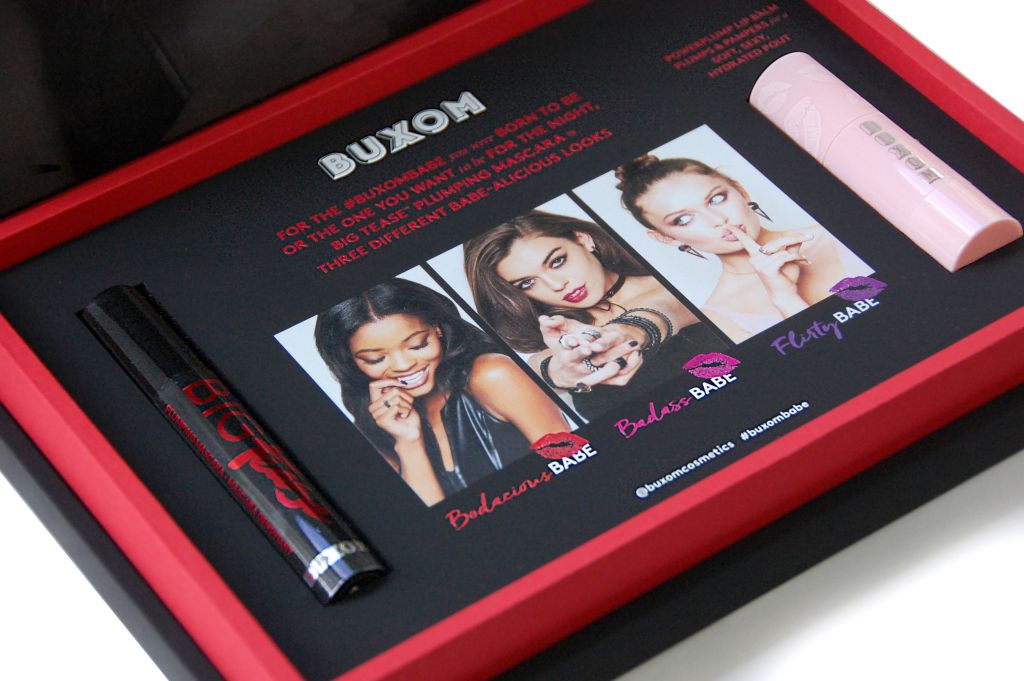
PACKAGING AS A BRAND BILLBOARD
When department stores were the kings and queens of beauty retailing, packaging didn’t have to communicate as much as it does now because counter beauty advisors could be relied upon to relay product objectives. Without agents for your brand at the point of sale, exteriors are of the utmost importance. “Every surface in one way or another needs to communicate, not just the brand name and the product benefits, but it needs to tell me what the soul of the brand is,” asserts Katz. That soul can be at least partially conveyed by the weight of your products. Prestige products should be substantial. The value of verbiage can’t be underestimated. In its revamp of Au Naturale’s cartons, Base Beauty squeezed the cosmetics brand’s “Clean Beauty Revolution” tagline into even the smallest of spaces. “Your product doesn’t mean anything to anybody without the story,” says Katz. “Without that story, all the hard work, sweat and research is meaningless because the customer doesn’t know it.” She’s a fan of Vernal Beauty’s choice of specialized graphics to express anti-acne, anti-aging and additional product purposes. “The brand story is crystal clear,” she says. “Remember, I’m meeting you first from your packaging alone. I don’t have the benefit of other marketing tools.”
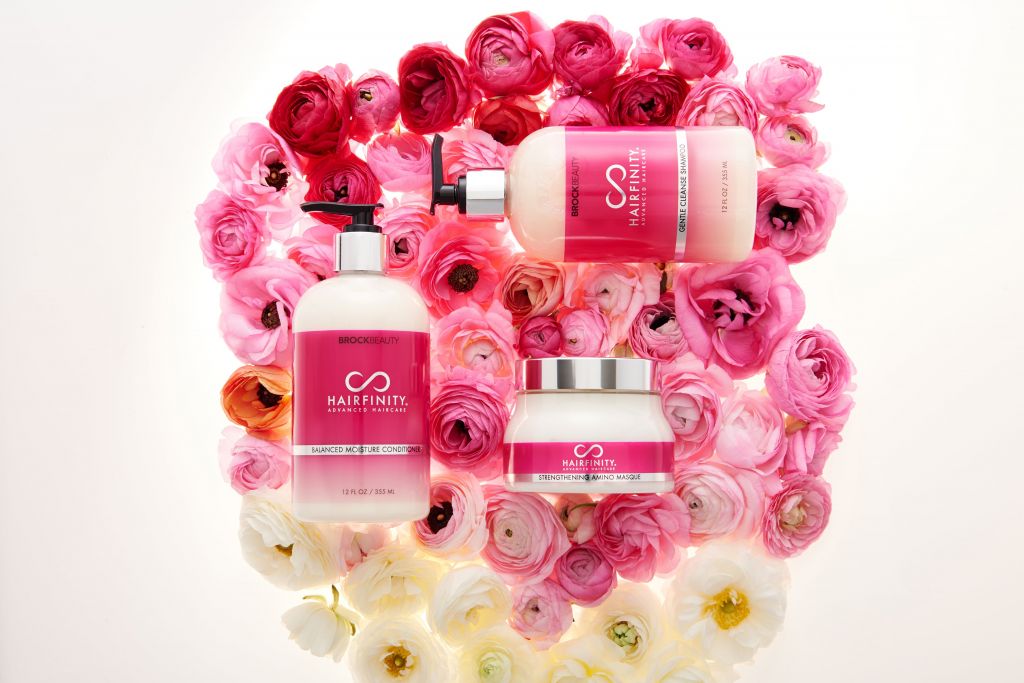
DON’T LAUNCH ME-TOO PRODUCTS
A byproduct of the present influx of beauty products is a serious problem of sameness. Miron violet glass is commonplace. “We have an epidemic of lookalike products in natural skincare,” says Katz. “Brands need to work harder to find something that’s distinctive.” She counsels brands to undergo critical tests to determine if their receptacles are truly unique. Purchase a subscription membership from the likes of Birchbox or Ipsy and situate your products in the boxes sent by those services to see if they stand out. Do they attract the eyes of subscription service customers? Do they quickly transmit what the brand is about? Or do they blend into the background? “It can’t be a cute little eyeliner in a box. It will go right in the giveaway pile, and you will have poured money down the drain if you don’t focus on really enhancing the storytelling on your packaging,” says Katz. She also counsels brands to set up informal focus groups. Founders can, for instance, show their products to 10 people at a nail salon they don’t know along with the products of four competitors and query them about which product jumps out. “If you want to be able to scale your business, you really need to understand the way people behave with your product,” says Katz. “Are you giving the customer a reason to think your product is really exciting?”
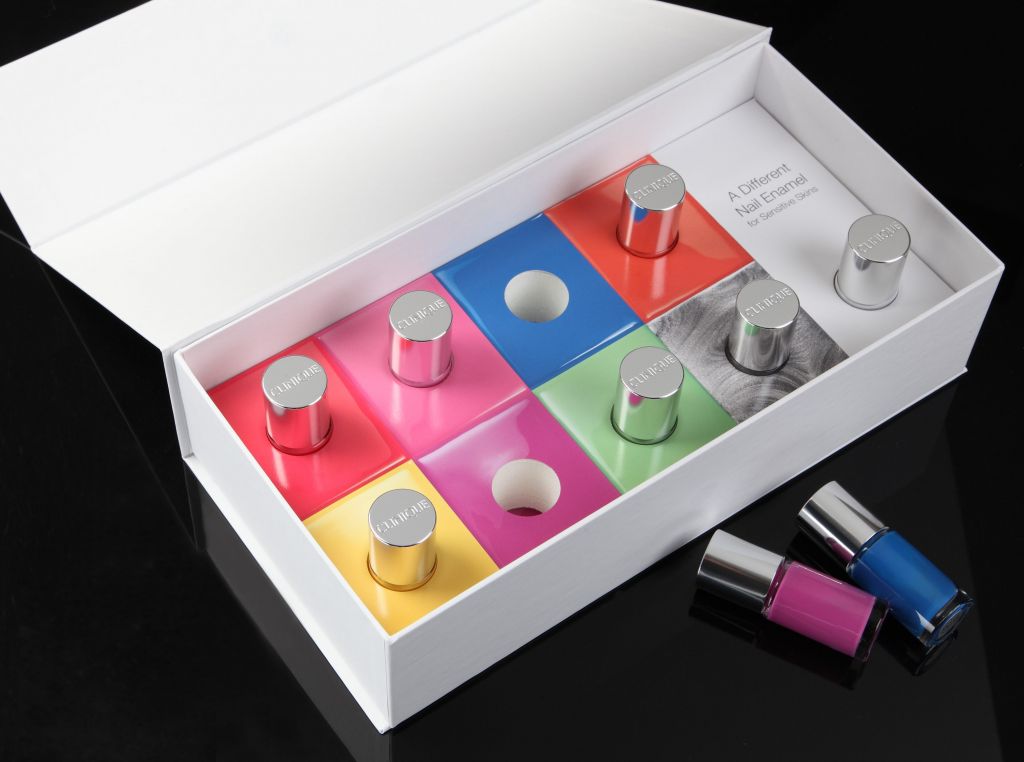
EMERGING TRENDS IN ENCASEMENT
Beyond potential customers, Instagram is probably the biggest judge of your products. It doesn’t like product names that bleed or fade due to lack of contrast. If you’re not gauging your packaging for probable social media posts, you’re in trouble. “We’re not going to make the logo in foil stamping because you won’t be able to read the logo,” says Katz, citing an example of Instagram-related packaging faux pas. Brands are increasingly questioning secondary packaging – the boxes or cartons that envelop the primary jars, tubes and bottles – and storytelling via products may not require the secondary layer. Katz recalls a spunky brand without secondary packaging that incorporated stripes and askew logos to impart its quirky nature. “Brands that abandon secondary packaging just have to make their primaries work harder,” she says. “Quite frankly, if it was my product, knowing secondary packaging can be made from recycled materials, I would put it out there. It protects the products and, if you need inserts, you can put them in there.” On opposite sides of the product size spectrum, Katz notices brands experimenting with small and large packaging. “Single use is really interesting. What’s the new ampoule?” Katz divulges brands are asking. Companies headed in the bulkier direction are concerned about the environmental impact of excess packaging. Katz says, “Brands are being really mindful about portioning out their products and trying to be thoughtful about how much stuff people are buying.”
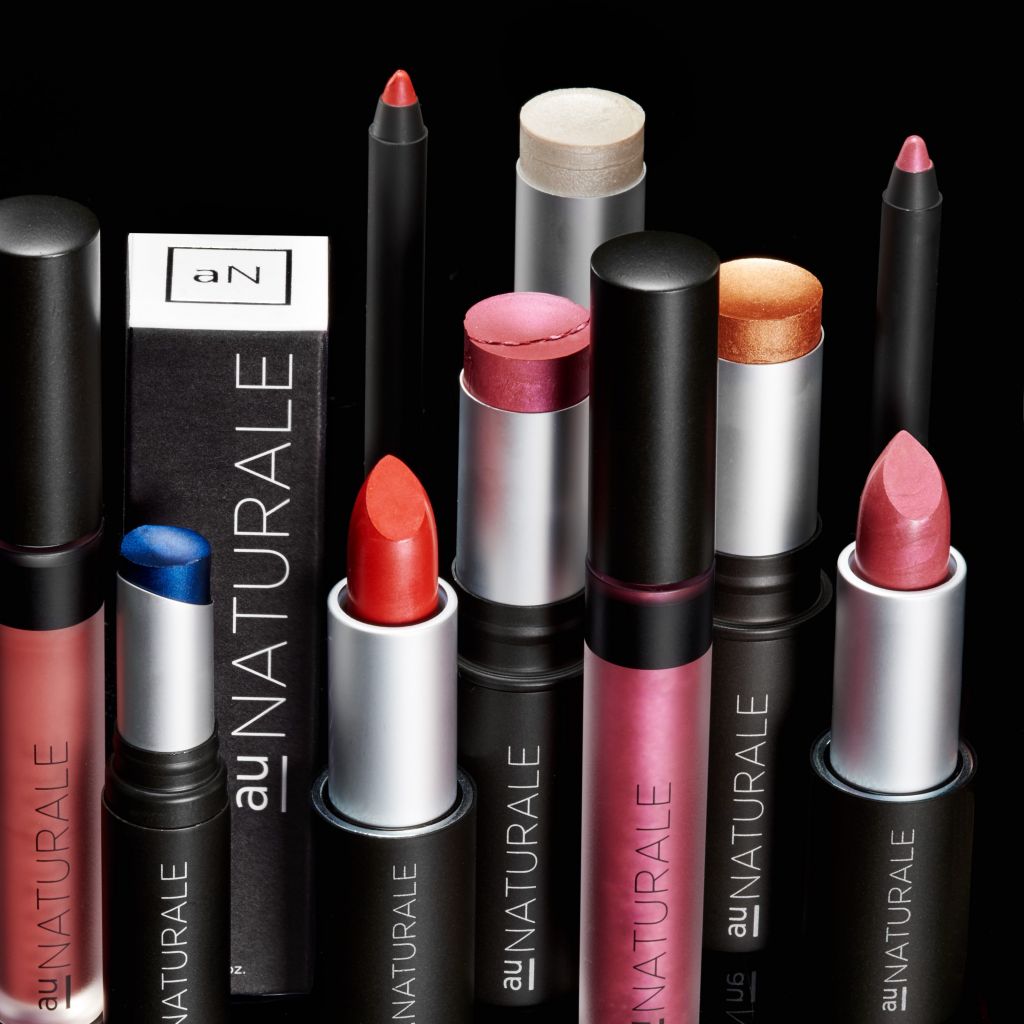





I have read just about everything, if not everything you have commented on on these post. Your comments are interesting and I appreciate them as I have learned a thing or two. : )